As the head of Talent Intelligence for Indeed in the DACH region (Germany, Austria, and Switzerland), Tim Verhoeven is at the forefront of transforming how companies approach talent acquisition and retention. His path to becoming a leading voice in HR analytics began roughly 15 years ago. “I started as a recruitment junior manager in a large company”, he recalls. “I tried to focus and learn more and more, eventually writing books about candidate experience and recruitment analytics.”
“Fifteen years ago, what we now call data analytics wasn’t a sexy topic.”

“I saw an opportunity to bring both worlds together — data on one side and HR, particularly recruitment, on the other. We focus on very basic things when we talk about data, to make it easy to comprehend and understand. It’s necessary for our whole branch to move to the next level and educate.”
Germany’s macro and micro challenges
As has been well documented, the number of skilled workers in Germany is expected to decrease significantly by 2040. According to extensive research by the Center for Global Development, Germany could be set for labour shortage of 7 million by 2050 amid European ageing crisis. According to Verhoeven, Germany’s labour market challenges translate to both macro and micro levels. “From a macro perspective, it’s sad but true that Germany is one of the most difficult industrial nations for recruitment, second only to Japan.”
“Many companies and jobs in Germany require you to speak a minimum level of German. That makes it difficult for international talent.”
“But you always need to relate it back to micro levels”, Verhoeven says. “It’s important to talk to companies to understand why they’re acting as they act. For example, why aren’t they willing or able to hire people without German skills? Many companies and jobs in Germany require you to speak a minimum level of German. That makes it difficult for international talent. I saw it more open to English-speaking people in the Netherlands, but in Germany, it isn’t that common. That makes it difficult.”
Recruitment versus retention?
During the inaugural Webinar Tage, a brand-new three-day webinar event organised by ToTalent.eu and Werf& on September 17 to September 19, Verhoeven will share a series of presentations. One of the key discussions he’ll lead on the very first day of the event will be all about the interconnected nature of retention and recruitment.
“You can’t do good recruitment if you don’t focus on retention. It’s truly one topic.”
“In Germany, there’s a discussion about retention versus recruiting. From my perspective, they go hand in hand”, he asserts. “You can’t do good recruitment if you don’t focus on retention. It’s truly one topic. If your employees aren’t happy, they won’t support you or refer you to others. And if you can find out why they’re happy, you can use this to attract other talents. It all goes hand in hand.”
And right at the heart of the recruitment and retention conundrum? Employer branding. “It’s right in the middle of it. Because it should be based on what you really do. It should be communicated in a way that’s interesting for your target group. We did a large amount of research on this topic, of which I’ll present the results. It’s a very data-driven presentation, perhaps not typical for an employer branding webinar. But it’s important to always rely on the data.”
Going beyond the AI hype
The second day of the Webinar Tage will revolve around a subject near and dear to Verhoeven’s HR heart: technology and AI. Within it all, Verhoeven pleads for a balanced perspective. “I wrote a book in 2018 about digitalisation of the recruitment process, where I wrote about OpenAI. So the topic isn’t new, but the hype is. And I’m not a fan of making hypes, but thinking from both sides. There are many good opportunities where AI can help us make our jobs better. But on the other side, there are risks, such as data protection, biases, and discrimination.”
“So the topic isn’t new, but the hype is. And I’m not a fan of making hypes, but thinking from both sides.”
Verhoeven predicts significant changes in the AI landscape, particularly regarding training data and costs. “You can see it when you buy a totally new application. If you ask IBM, for example, to design a new AI bot for internal department, they will have to learn 1 to 2 years to get to a good level. With a ChatGPT clone that already has years of training behind it, it is much easier. If anything changes, legally, it could form a major change in the development of AI, because it won’t be as cheap anymore.”
‘AI implementation is limited in Germany’
In Germany, companies tend to be cautious when it comes to adopting new technologies like AI, according to Verhoeven. “While there’s widespread interest, actual implementation is limited, perhaps just for internal use. Germany’s strict data protection regulations play a role in this hesitation. Some companies are experimenting with internal chatbot models, but widespread application is still rare. Most corporations are in the exploratory phase, conducting workshops and evaluating potential uses.”
Busting recruitment myths
Finally, on the third day of the Webinar Tage, Verhoeven will share his two cents on Recruitment Process Outsourcing (RPO) and data. “We’ll do some Talent Acquisition myth busting. Sometimes, we think we know exactly what’s wrong or right in recruiting. But we’ll show, with data, where in some cases it’s the polar opposite of what we think. We’ll then show you how you can bring the two worlds again. Data should be engrained in everything we do in recruiting.”
The importance of global perspectives
As the HR industry continues to evolve and internationalise, Verhoeven stresses the need for German companies to look beyond their borders for inspiration and best practices. “Most events in Germany are focused on a very strict German point-of-view”, he notes. “But to be honest, we have to learn from various expertises.”
“It is very important to bring really high-level topics to the whole audience.”
He sees upcoming events like Webinar Tage as an important opportunity for broadening horizons. “It is very important to bring really high-level topics to the whole audience”, Verhoeven notes. “I have very high expectations. From the expertise, doing this in other countries, it could be an interesting benefit. And with my Dutch-sounding name, it’s a perfect mixture of these worlds.”
Join the Webinar Tage for free: from Sept. 17 to 19
Due to interest from Germany and other German-speaking countries in all the new developments in the field of recruitment, Werf& and ToTalent have organised a three-day event: the Webinar Tage. From September 17 to 19 this year, several experts from the Netherlands and Germany will present their exclusive insights during various webinars. Attendance is free of charge for all participants. Sign up now!





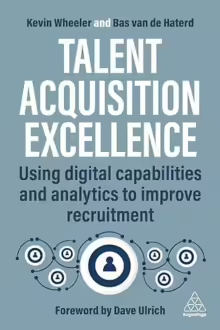
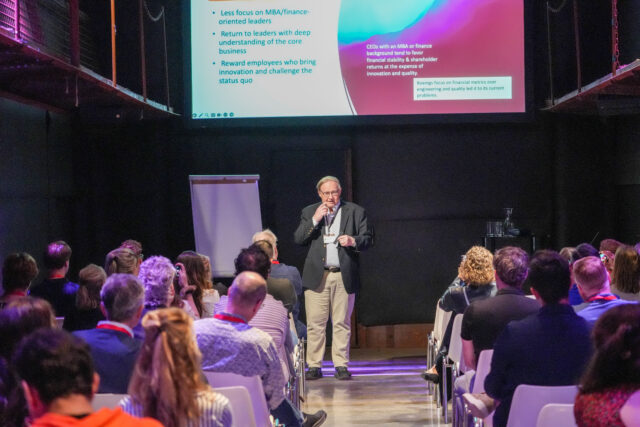
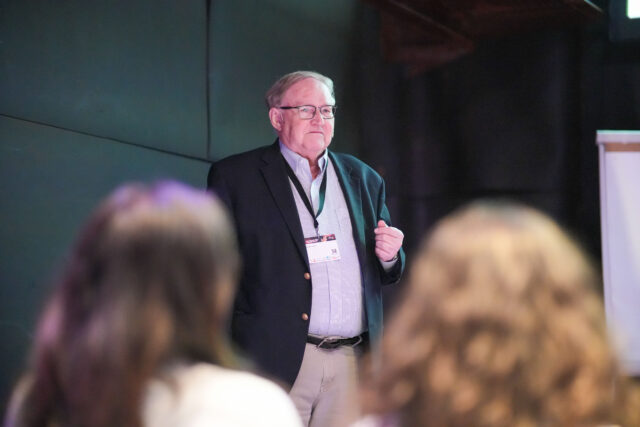


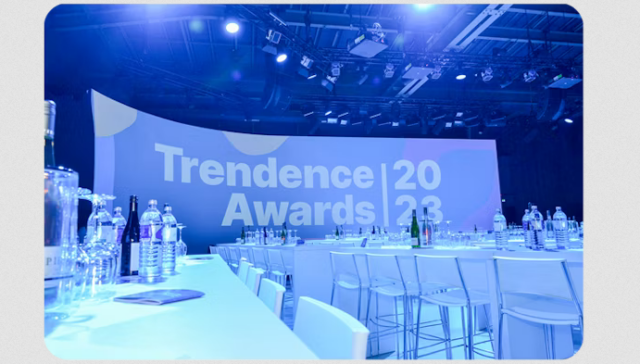
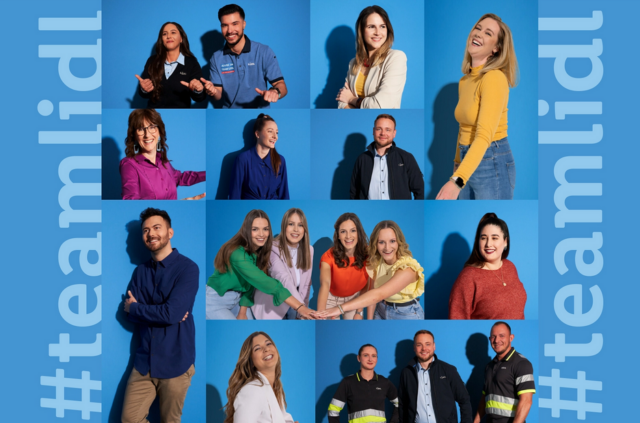




 Catch Google (and many others) at the first-ever edition of the Global Talent Intelligence Conference. On September 27-28,
Catch Google (and many others) at the first-ever edition of the Global Talent Intelligence Conference. On September 27-28, 

